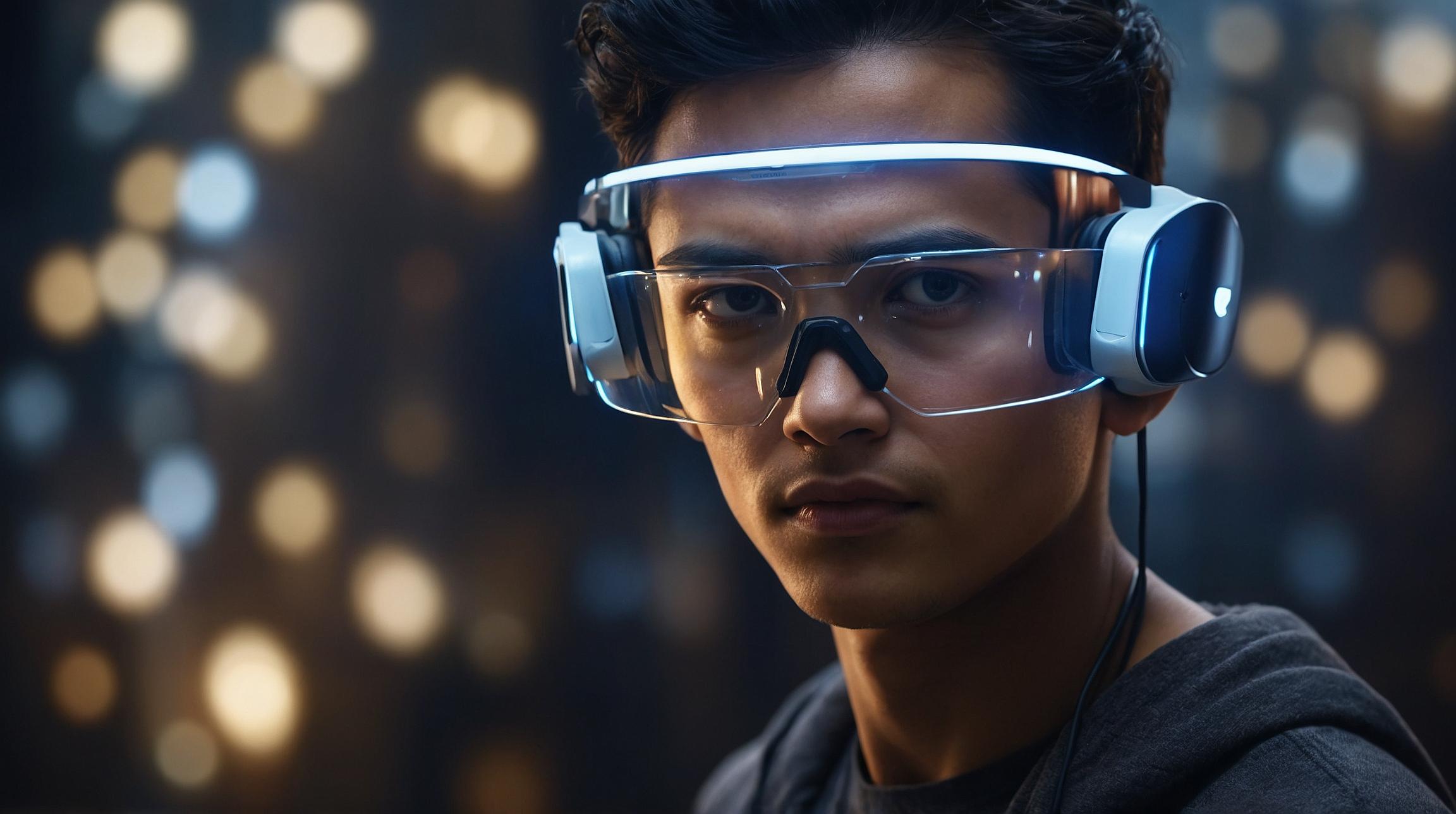Understanding the GAZEploit Flaw in Apple's Vision Pro
A recent security vulnerability in Apple's Vision Pro mixed reality headset, known as GAZEploit, has raised significant concerns about user privacy. This flaw, identified as CVE-2024-40865, could allow malicious attackers to deduce information entered on the headset's virtual keyboard through the user's eye movements.
Insight from Researchers
A team from the University of Florida discovered the GAZEploit attack method. They explained that this attack leverages a weakness in gaze-controlled text entry. To simplify, when users type using their eyes on a virtual keyboard, their gaze data can inadvertently reveal the typed information.
How GAZEploit Works
This vulnerability exploits a component called Presence in the Vision Pro system. Essentially, when a user engages with a virtual avatar, their eye movements can be tracked and analyzed. By doing so, an attacker could reconstruct what was typed on the virtual keyboard, potentially exposing sensitive data like passwords.
Technical Breakdown
The attack uses a machine learning model trained to recognize specific eye patterns associated with typing. These patterns, termed eye aspect ratio (EAR) and eye gaze estimation, help differentiate between different activities, like typing versus browsing or gaming.
By mapping these gaze patterns to the virtual keyboard's layout, attackers can infer which keys are pressed. For instance, if your eyes move towards the top-left corner of the virtual keyboard, it might suggest you're typing a specific character located there.
Apple's Response
Upon discovering the flaw, Apple acted promptly. In their recent visionOS 1.3 update, released on July 29, 2024, they addressed this issue by temporarily disabling the Persona component whenever the virtual keyboard is in use. This move prevents the avatar from unintentionally sharing gaze data during typing.
The Implications and Future Safety
While this is a significant step towards ensuring privacy, it highlights the potential risks in emerging mixed reality technologies. Users are advised to keep their devices updated and be cautious when sharing virtual avatars, especially during video calls or online meetings.
This incident serves as a reminder of the evolving landscape of cybersecurity and the need for continuous vigilance and innovation to protect user data. As technology advances, so do the methods employed by cyber attackers, making it crucial for companies like Apple to stay ahead in the security game.













